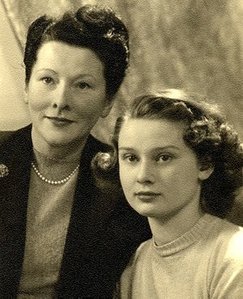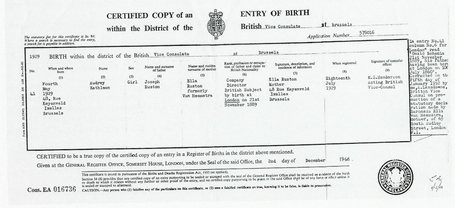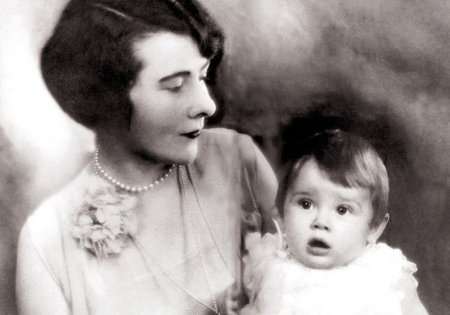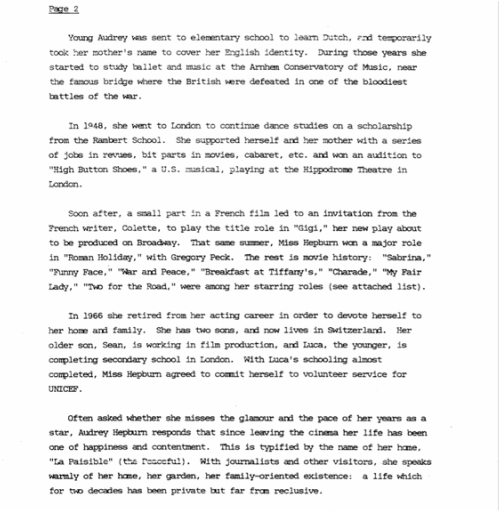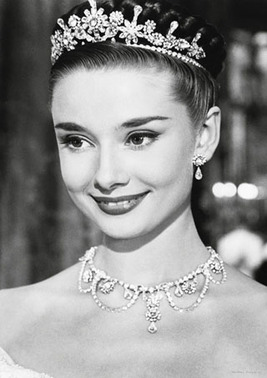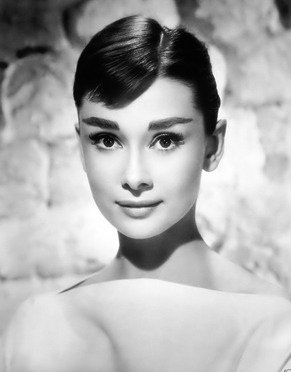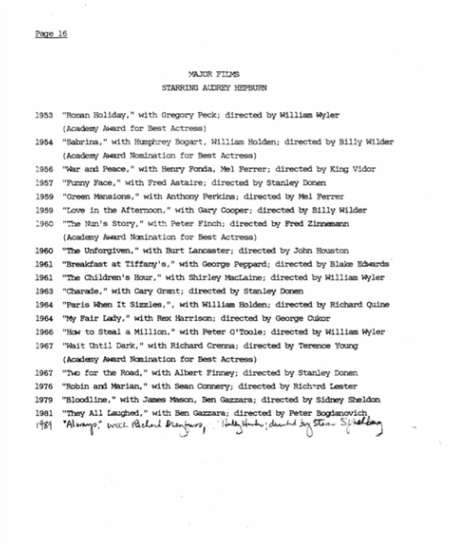AUDREY HEPBURN BACKGROUND
Family
|
Audrey Kathleen Ruston was born in Brussels, Belgium on May 4, 1929. Audrey Hepburn was the only child of John Victor Hepburn-Ruston, an Anglo Irish banker, and Baroness Ella van Heemstra, a Dutch aristocrat descended from French and English kings (Flonder). Audrey had two half-brothers, Alexander and Ian Quarles van Ufford, by her mother's first marriage to a Dutch nobleman. Her father left the family when she was eight years old. Her parents divorced in 1935 and she started living with her mother. She stated that the day her father left was one of the most traumatic memories of her childhood (James).
|
Life During World War II
|
Audrey lived with her mother in Arnhem, Netherlands when the German invasion and occupation of World War II occurred. As an act of precaution, she chose the alias Edda Van Heemstra, since having an "English" name was dangerous. Conditions worsened after the Allied Forces arrived on D-Day. The Dutch Famine of 1944, also known as Hongerwinter (Hunger Winter), was when the Nazis limited food and heat available in the Netherlands. At least 4.5 million were affected and it was reported that 22,000 people died from famine. During this time period, Audrey Hepburn suffered from malnutrition and ate tulip bulbs in order to survive. Additionally, Hepburn began dancing ballet in order to collect money for underground movements against the Nazis. Hepburn also delivered resistance newspapers, in which she hid in her large, old boots. After World War II ended, Audrey Hepburn received relief from UNICEF. UNICEF brought boxes of food, blankets, medicine, and clothes. Hepburn was suffering from colitis, jaundice, severe edema, anemia, endometriosis, asthma, and depression. This was the beginning of her interest to help others in need. "'I can testify to what UNICEF means to children, because I was among those who received food and medical relief right after World War II," said actress Audrey Hepburn on her appointment as a Goodwill Ambassador in 1989. "I have a long-lasting gratitude and trust for what UNICEF does.' As a result of her work for UNICEF over subsequent years, that gratitude is mutual" (UNICEF).
"The one time sickly war-refugee, so hungry she ate tulip bulbs to stay alive, grew up to sympathize beauty- both inside and out. Her screen presence was luminous, but she shone as special ambassador for UNICEF, working tirelessly to save the lives of youngsters in countries beset by war, famine, and other disasters" (Polly). |
Acting Career
|
Audrey Hepburn was chosen to play the lead role in the Broadway play Gigi that opened on November 24, 1951. She won a Theatre World Award for her performance. Two years later, Hepburn was offered the lead role of Princess Ann in the play Roman Holiday, which was released on September 02, 1953. Additionally, Hepburn starred in Sabrina (1954), Breakfast at Tiffany's (1961), and My Fair Lady (1964) (Audrey Hepburn).
|
Death
Audrey Hepburn died on January 20, 1993 due to a rare form of cancer that formed in her appendix. Hepburn had surgery in a Los Angeles hospital, but the cancer continued to spread, and she apparently refused chemotherapy. She died of colorectal cancer at the age of 63 in Tolochenaz, Switzerland. She had two sons, Sean Hepburn Ferrer and Loca Dotti, who started the Audrey Hepburn organization in order to continue her legacy (James).
